Strength & Conditioning Training for Young Athletes
The Athletics Development Series, curated for coaches, aspiring athletes, and parents, is created to specifically cover strength and conditioning training for athletes. In this session conducted by Leandi van Zyl, Lead Strength & Conditioning Expert at Sir H.N. Reliance Foundation Hospital, the webinar highlights the various elements involved in strength and conditioning.
The Athletics Development Series, curated for coaches, aspiring athletes, and parents, is created to specifically cover strength and conditioning training for athletes. In this session conducted by Leandi van Zyl, Lead Strength & Conditioning Expert at Sir H.N. Reliance Foundation Hospital, the webinar highlights the various elements involved in strength and conditioning.
Strength & Conditioning involves exercises that train our bodies to sustain through sport and perform to the optimal capacity. It includes different activities that help improve sports performance. The webinar covered the following topics in detail:
- Dangers of early sport specialisation
- Long Term Athlete Model Development
- Components of a safe strength and conditioning program
Strength & conditioning training improves balance and increases strength and power with an improved aerobic capacity. However, there are few myths associated with strength and conditioning training, such as:
- Weight training will stunt adolescent growth.
- Children cannot gain strength from resistance training.
- Children are more susceptible to injury due to unfused growth plates.
Leandi addressed these myths on strength and conditioning. Contrary to the myth, resistance training for children is safe when the programme is age-appropriate and is done under the supervision of a coach. Here’s what coaches can do to reduce the risk of injury:
- Include modified bodyweight exercises
- Soft resistance training
- Gradual progression in training
When executed right, one can reap the many benefits of strength and conditioning such as:
- Enhanced psychosocial well-being
- Improved cardiovascular system
- Increased bone strength
- Sharper motor skills
- Increased muscle strength & power
- Improved weight control
- Reduced incidence of injuries
It is also important that children are introduced to an array of sports during their growing age. Focussing on only one sport from a young age is not recommended. Playing different sports can develop a variety of fundamental movement skills enhancing a young person’s overall athleticism. Early sport specialisation is more of a bane than a boon for young athletes. Following are the dangers of early sport specialisation:
- High risk of overuse injuries
- Burnout
- Loss of motivation
- Lack of concentration
- Induces chronic stress
- Dropout of sports
To avoid such negative outcomes, coaches can use the Long Term Athlete Development (LTAD) model in their training. LTAD is a planned, structured, and progressive development of youth’s athleticism to achieve elite sport success and to engage in lifelong, health-enhancing physical activity. The stages of LTAD are:
- Active Start
- Fundamentals
- Learn to train
- Train to train
- Train to compete
- Train to win
- Set an active lifestyle!
LTAD training consists of different phases targeting different areas of development. The different kinds of resistance training involved in the phases of LTAD are:
- Early Childhood (6-9 years):
Learning to train
Learn all fundamental sports skills
- Late Childhood (10-13 years):
Training to train
Build the aerobic phase
Develop sport-specific skills
- Adolescence (14-18 years):
Training to compete
Optimize fitness
Target position-specific skills
Improve performance
- Adulthood (Over 18 years):
Training to win
Goal-driven approach
Result-oriented training
When planning a strength and conditioning programme for young athletes, one should be mindful of the following components:
- Improved movement capability and capacity
- Improved body control
- Improved joint control
- Improved strength and endurance
- Lays a foundation for improved max strength, power, and sports performance in later years
To reduce the risk of injury, a coach should:
- Use proper techniques for exercises
- Include warmup and cooldown
- Start with bodyweight exercises
- Appropriate programming
Leandi further demonstrated strength and conditioning drills to cater to young athletes. The session ended with Leandi summarising the session.
In case of queries, please feel free to connect with us on Instagram/Facebook or email us at info@rfyouthsports.com

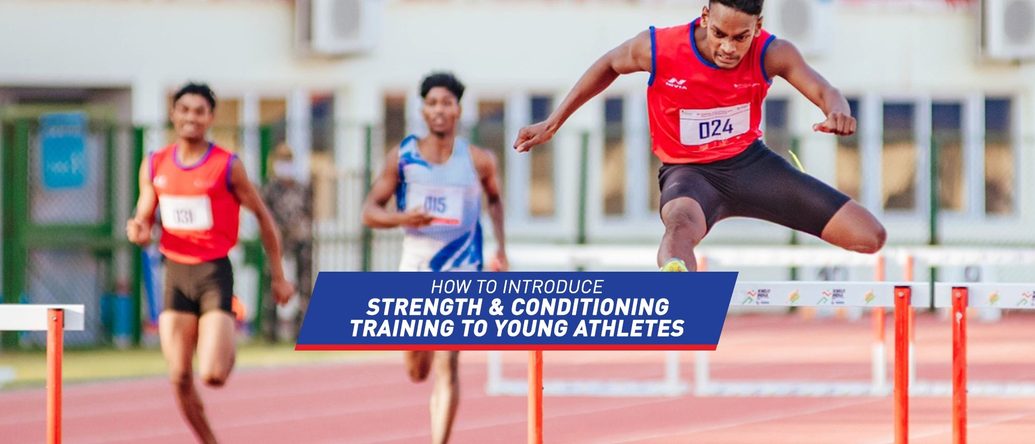

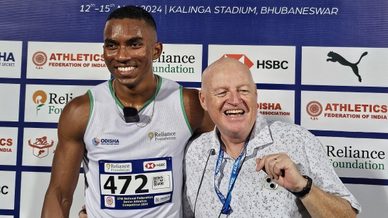
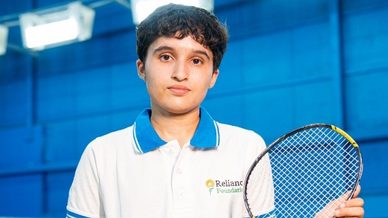

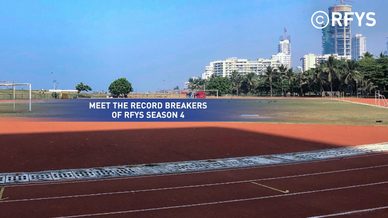
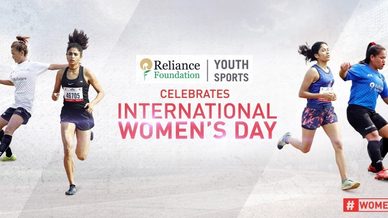
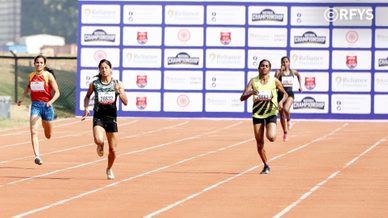


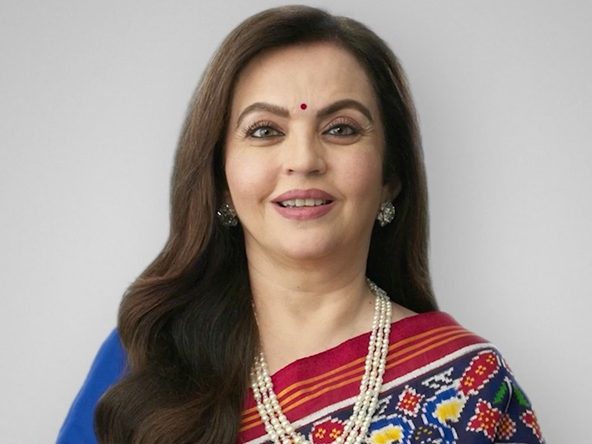
Your Comments